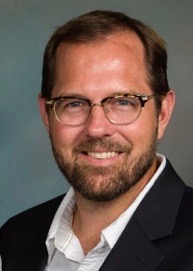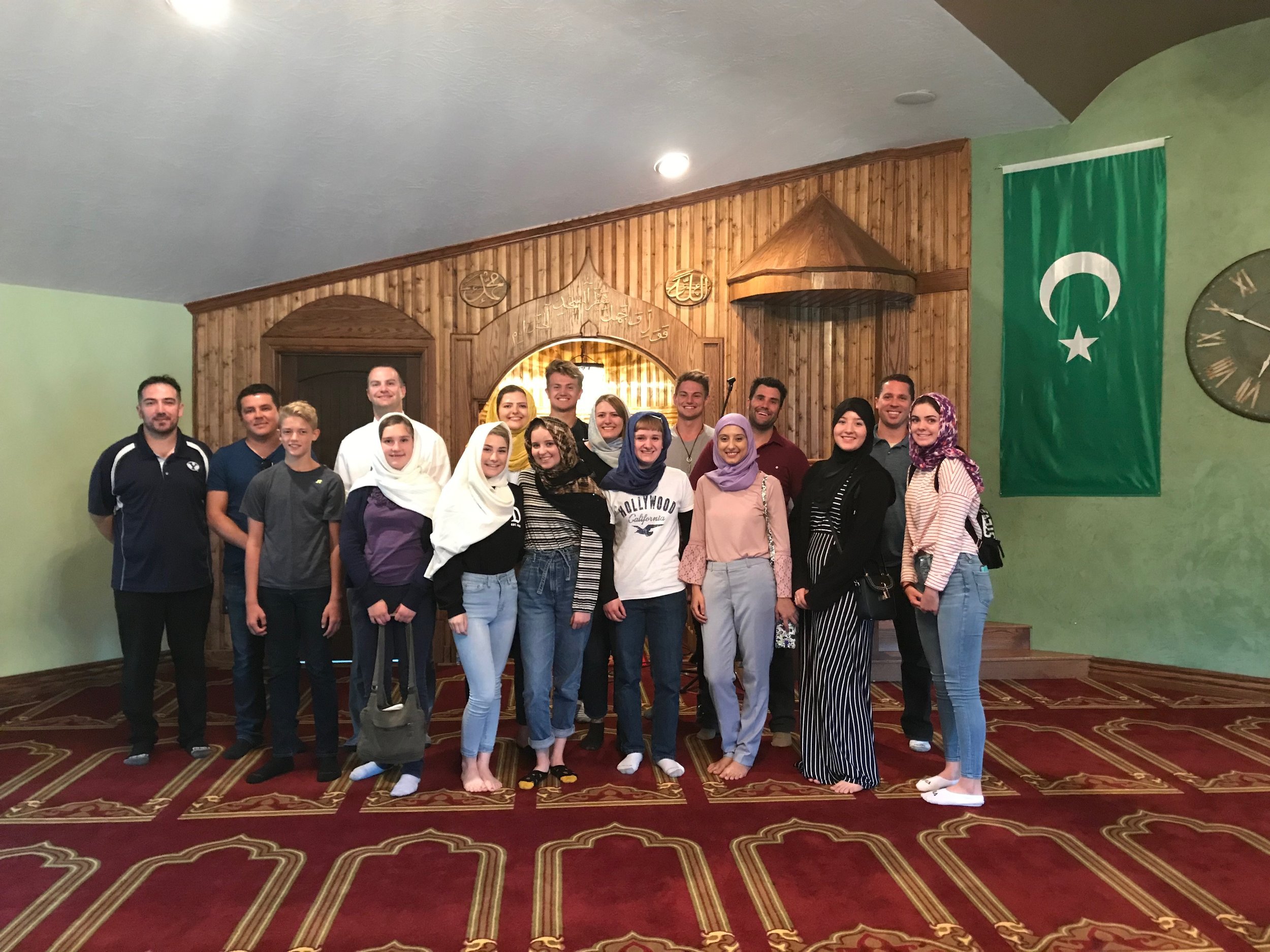The Religious Freedom Institute gathered Latter-day Saints (LDS) and Muslim youth to work on a project for the common good in their community. This event was the third of a four-part initiative made possible by Islamic Relief USA that seeks to bring together representatives of different faith groups in conversation and common projects. During the event, a leading member from each community collaborated to bring this common project to fruition. What follows are their accounts of the experience.
Youth from LDS and Bosnian American Muslim communities work together on common project in Salt Lake City, Utah.
Jasna Zahirovic, The Islamic Society of Bosniaks in Utah, Maryam Mosque
Bringing together youth from the LDS and Muslim communities was a great experience. We discovered that we have more similarities than differences.
The Bosnian American Muslims are unique. While Bosnia is located in southeast Europe, our culture is western, but our religion is eastern. In other words, our culture and religion emerged from two very different ways of life. We often struggle with our identity because of the drastic differences within our culture and religion.
When I met Sheldon from the LDS community, I discovered many things that we had in common. We both aim to live a modest lifestyle, and we both refrain from consuming alcohol and gambling, among other things. We discussed issues in our communities and asked one another how we deal with them. We discovered that many of our concerns overlap: we both worry about the youth and how to keep them interested in religion. In a time where the overall culture in the United States is moving away from religion, it can be difficult to keep the younger generation engaged. We shared tips on how our respective communities deal with youth who may be increasingly disinterested in their religion. Sheldon discussed addressing youth in these circumstances, directly and individually, and trying to understand from where they are coming. I shared how we use social media to attract the attention of our youth. We create hashtags to make our events more captivating, for instance.
I enjoyed working with Sheldon, and I hope this is not the last occasion we will have to work together. The humanitarian center does a lot of good for people, and I hope that we can bring our youth together again to do another project. It was a pleasure getting to know our LDS friends and discovering the similarities between us.
Sheldon Mortensen, Bishop’s Storehouse, Welfare Square
I was approached by the Religious Freedom Institute to help put together a service project with the purpose of bringing two religions together to work toward the benefit of the local community. I was able to work with a member, Jasna Zahirovic, of the Bosnian Mosque here in Salt Lake City, Utah. In order to consider what sort of project the youth could work on together, Jasna and I met and got to know each other. I had never had the opportunity to learn about the Muslim faith before.
As we talked and learned from each other, we discovered a lot of similarities between the Muslim religion and the Church of Jesus Christ of Latter-day Saints. Though the aspects of Deity differ, the teachings concerning what type of person we should be are very similar: caring for our bodies, being modest, and eating healthy are just a few examples. The first members of the Church of Jesus Christ of Latter-day Saints were driven from town to town and killed because of their faith. People were afraid of a new religion, and they persecuted adherents of it with all they had. The Muslim Bosnians, likewise, have experienced such difficulty in living their religion – it is sad to think that even in today’s age of acceptance, we still have so much conflict regarding religion.
The differences between us should not impede us from focusing on our common beliefs and supporting one another to help and serve people in our own communities and around the world. Our service project provided exactly that, and we were able to assemble cleaning kits to be shipped to natural disaster areas to help with clean-up efforts. As natural disasters aren’t selective of the people they affect, we should not be selective of the people we serve. Everyone needs a helping hand and our respective faith traditions share that conviction.
THE RFI BLOG
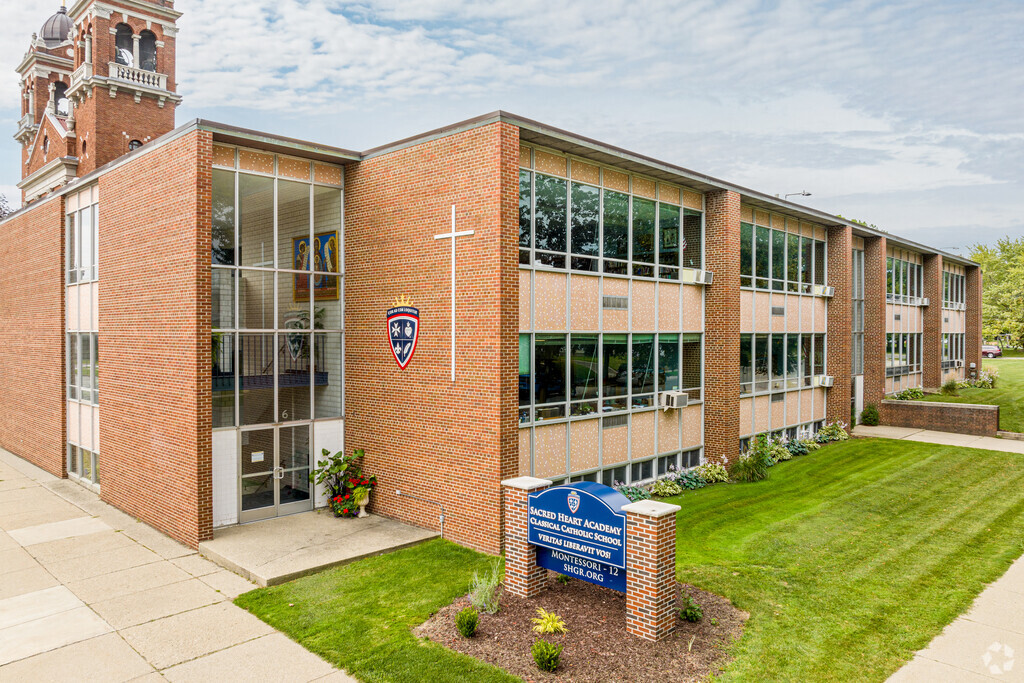
Be More Faithful, Become More Resilient: An Invitation to Religious Institutions
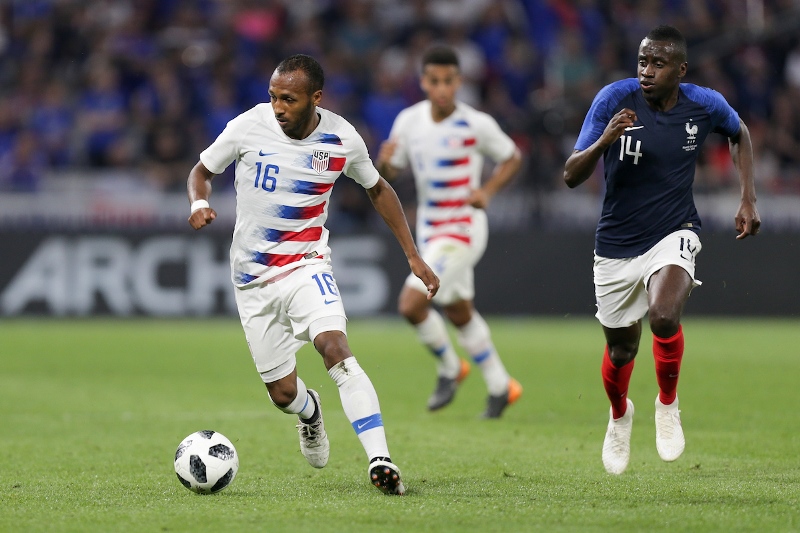
How Soccer Reveals Different Meanings Of ‘Secular’ In France And The US
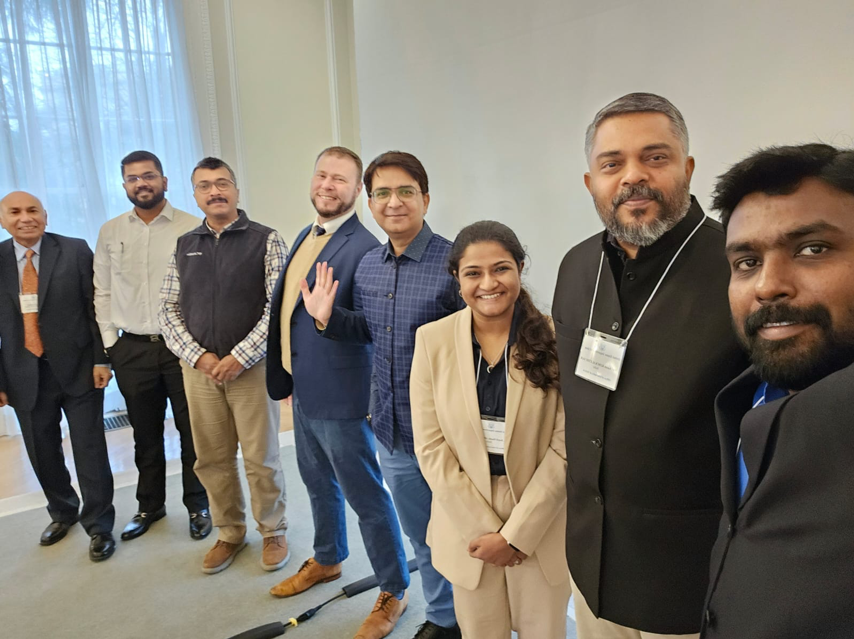
RFI’s Ismail Royer Meets with Delegation from India
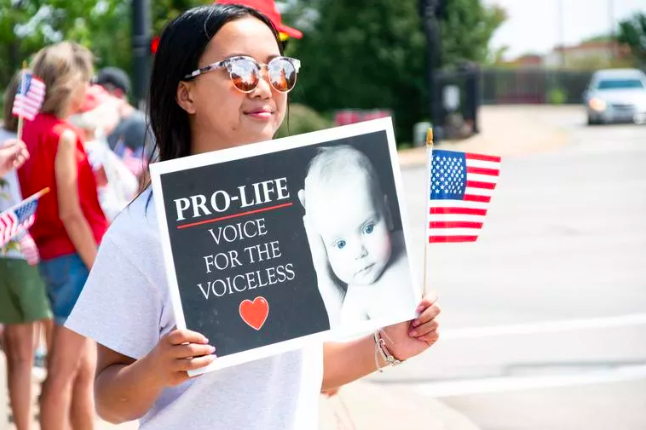
Protecting the Unborn, Mothers, and Medical Ethics: The Stakes of Arkansas’ Amendment
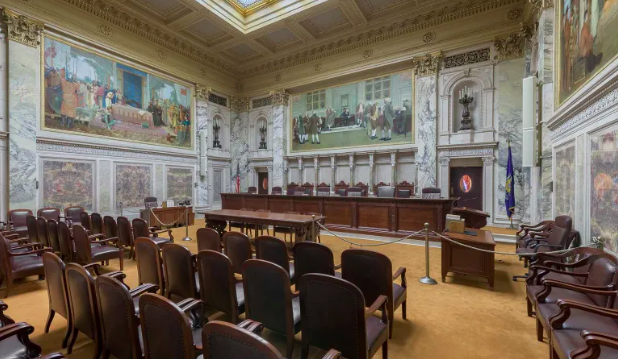
Wisconsin Supreme Court Punishes Catholic Charities for Serving Everyone
CORNERSTONE FORUM

Public Bioethics & the Failure of Expressive Individualism

Religious Liberty in American Higher Education

Scotland’s Kate Forbes and the March of Secularism

70 Years of Religious Freedom in Sweden: Prospects and Challenges
